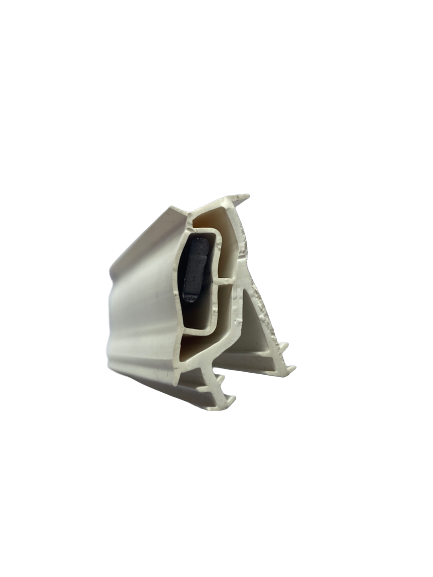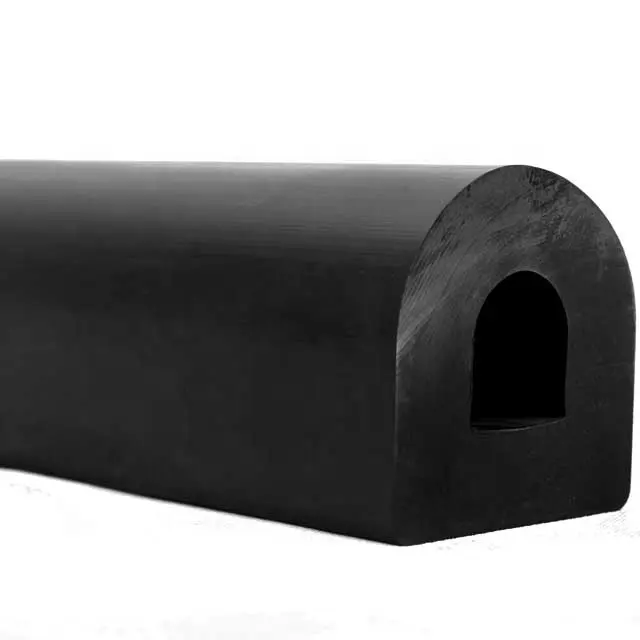May . 07, 2025 19:21 Back to list
Foam Sealing Strips High-Density Silicone, PVC & PU Options
This comprehensive guide explores critical aspects of foam sealing strip
solutions, focusing on technical specifications, industry applications, and performance benchmarks. Below is an overview of the key sections:
- Understanding Foam Sealing Strip Fundamentals
- Material Performance Metrics Across Industries
- Technical Comparison: Silicone vs. PVC vs. PU Variants
- Custom Engineering for Specialized Environments
- Installation Best Practices & Maintenance
- Real-World Implementation Case Studies
- Future Trends in Foam Seal Technology

(foam sealing strip)
Foam Sealing Strip Fundamentals: Core Performance Features
Modern foam sealing strips demonstrate exceptional compression recovery (85-92%) and weather resistance, with premium silicone foam sealing strips maintaining functionality between -60°C and 230°C. Industry data reveals:
- Energy Efficiency: Properly installed systems reduce HVAC costs by 18-24% annually
- Durability: High-grade PU foam sealing strips withstand 500,000+ operational cycles
- Market Growth: 6.7% CAGR projected through 2028 (Grand View Research)
Material Performance Metrics Comparison
| Parameter | Silicone Foam | PVC Foam | PU Foam |
|---|---|---|---|
| Density Range (kg/m³) | 250-450 | 300-600 | 200-400 |
| Temperature Tolerance | -60°C to 230°C | -20°C to 70°C | -40°C to 120°C |
| Compression Set (%) | ≤10 | ≤25 | ≤15 |
| Service Life (Years) | 15-25 | 8-12 | 10-18 |
Technical Specifications Breakdown
Black PVC foam sealing strips dominate commercial construction (62% market share) due to cost-effectiveness ($0.85-$1.20/linear foot). Specialized variants include:
- Fire-Rated Silicone Strips (UL94 V-0 Certification)
- EMI-Shielding PU Composite Strips
- FDA-Compliant Sealing Solutions
Custom Engineering Capabilities
Leading manufacturers offer 200+ profile configurations with:
- ±0.15mm dimensional tolerance
- Custom adhesive systems (3M™, Avery Dennison™)
- UV-stabilized formulations (10,000+ hour weatherability)
Implementation & Maintenance Protocols
Proper installation increases seal effectiveness by 40%. Critical parameters:
- Surface Preparation: ISO 8501-1 Sa2.5 Standard
- Compression Rate: 15-30% of original thickness
- Joint Design: 5mm overlap minimum
Foam Sealing Strip Solutions in Action
Recent deployments showcase performance:
- Automotive: 23% noise reduction in EV battery housings
- Construction: 31% air infiltration reduction in high-rises
- Electronics: IP68 certification achievement in consumer devices
Advancing Foam Seal Technology
Emerging developments include graphene-enhanced silicone foam sealing strips (18% higher thermal conductivity) and smart seals with embedded sensors. Industry forecasts predict 9.1% efficiency gains in sealing systems by 2025 through advanced material science innovations.

(foam sealing strip)
FAQS on foam sealing strip
Q: What are the primary applications of silicone foam sealing strips?
A: Silicone foam sealing strips are ideal for high-temperature environments, such as oven doors or automotive engines. They offer excellent resistance to weathering, UV rays, and chemicals. Their flexibility ensures a tight seal against dust, moisture, and noise.
Q: How do I install a black PVC foam sealing strip effectively?
A: Clean the surface thoroughly and ensure it’s dry before applying. Peel off the adhesive backing and press the strip firmly into place. Avoid stretching the material to maintain its sealing integrity over time.
Q: What makes PU foam sealing strips suitable for outdoor use?
A: PU foam sealing strips resist water, mold, and temperature fluctuations, making them perfect for doors, windows, or roofing. Their closed-cell structure prevents moisture absorption. They also maintain elasticity in extreme climates.
Q: Can foam sealing strips be customized for irregular gaps?
A: Yes, materials like silicone, PVC, and PU foam can be trimmed or ordered in specific shapes. Their compressibility allows adaptation to uneven surfaces. Always measure the gap size to select the right density and thickness.
Q: How do I clean and maintain foam sealing strips?
A: Wipe with a mild soap solution and soft cloth to remove dirt. Avoid abrasive cleaners to prevent damage. Inspect periodically for wear and replace if compression or adhesion weakens.




